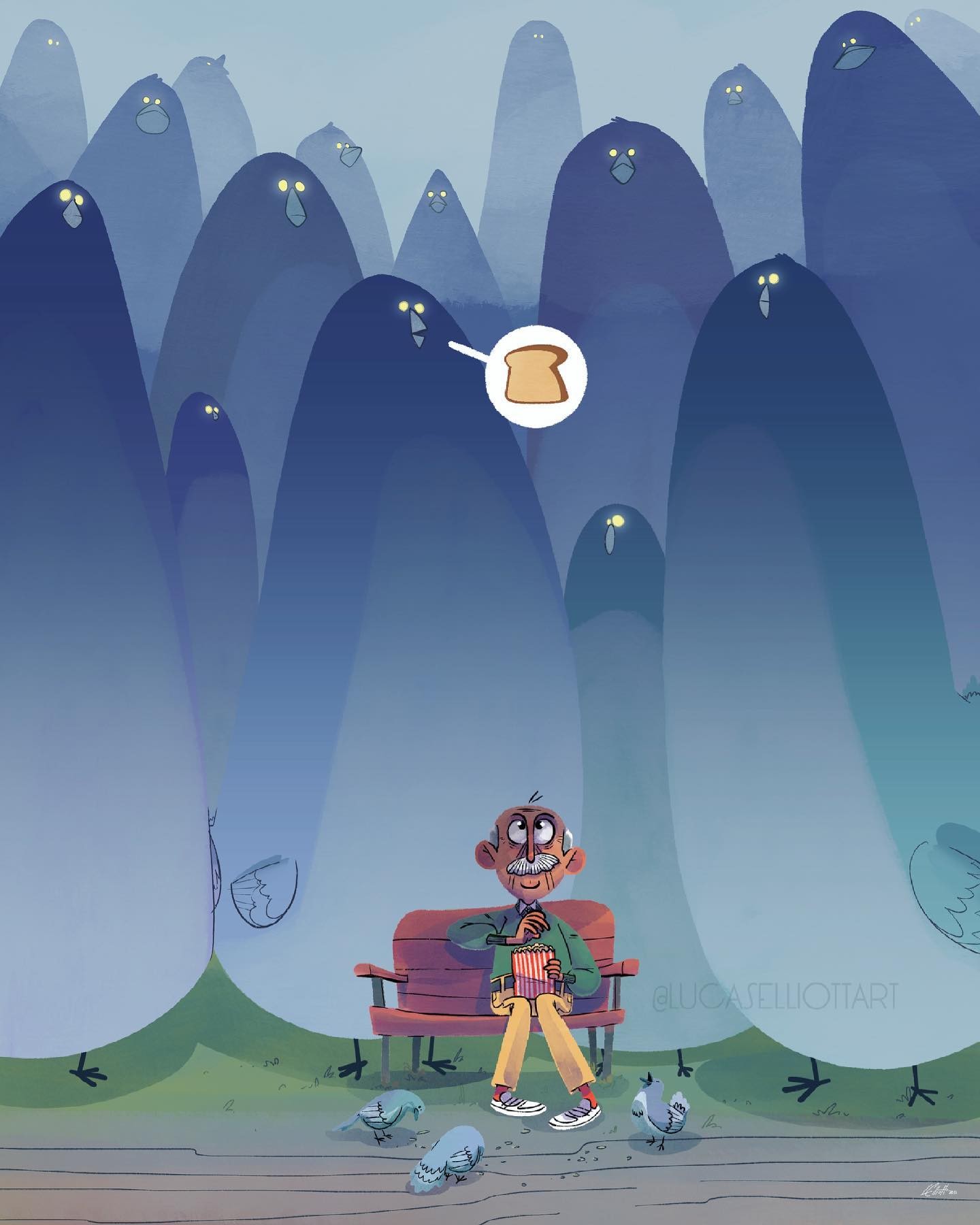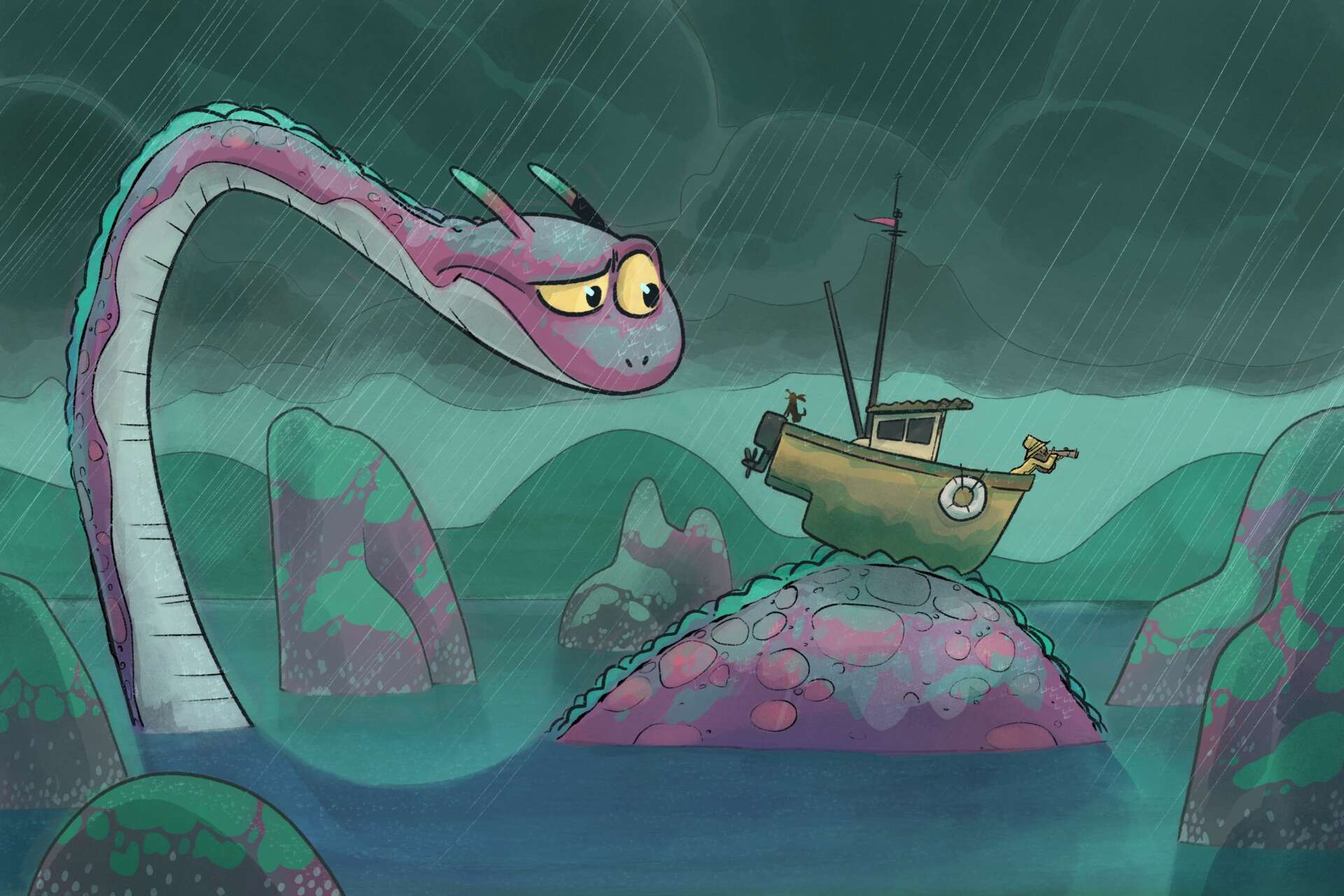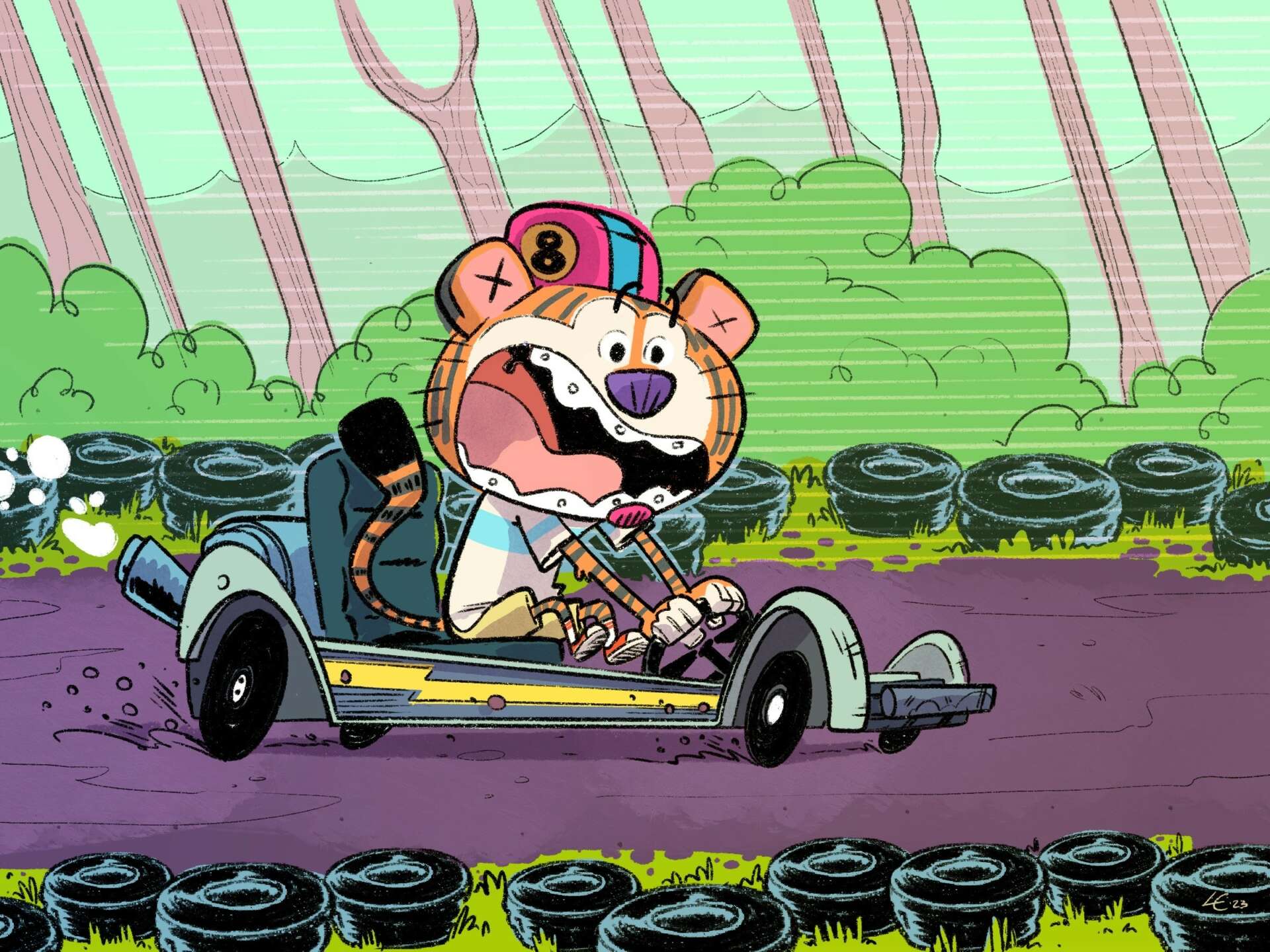Alright – so today we’ve got the honor of introducing you to Lucas Elliott. We think you’ll enjoy our conversation, we’ve shared it below.
Lucas, appreciate you joining us today. When did you first know you wanted to pursue a creative/artistic path professionally?
When I was 13, my parents, aunt, and uncle took me, my sister and my cousins to DIsney World for vacation. I was already drawing a significant amount by this point, and my parents thought it would be a good idea to take me on a tour of the animation studio there. I remember walking in a hall way with viewing windows above a large room. In that room, all of these artists were drawing at their desks. Our guide told us that they were developing artwork for an upcoming feature film and that they while they couldn’t reveal the film, we had an opportunity to see all of these amazing artists hard at work. After that they took us to a large room with an animators drawing desk up on a stage. From there we got to watch someone draw all sorts of disney characters.
From this moment, I knew that I wanted to be an artist. It just amazed me watching all of these people making and creating things that I got to enjoy. I knew right then and there that’s what I wanted to do. After we got home, I had my mom help me download a copy of the application needed to work as an artist for disney, and I had taped on my wall all through high school.

Great, appreciate you sharing that with us. Before we ask you to share more of your insights, can you take a moment to introduce yourself and how you got to where you are today to our readers.
Hi! My name is Lucas and the term I most use for myself now a days is creator. I’ve worked as an illustrator for companies Upper Deck Entertainment and Hit Point Press, developing illustrations for card art and character booklets for RPGs. I’ve worked as a comic artist on a cover for IDW comic’s Teenage Mutant Ninja Turtles, as well as comics for organizations like the podcast OZ-9, The Alaska State Department of Forestry and Tundra Comics. I’ve even developed a couple of stories myself! I’ve also worked as a freelance designer and creator for local business and cities across Alaska, from logo design to marketing/branding to large mural projects.
To say the leave, I’ve been fortunate to do a wide variety of projects in my career, a lot I never expected to.
I went to school in Alaska and for a short time worked at a couple of print shops which gave me some good insight on production. After college, I started my own freelance business and mostly did work for local businesses, designing for t-shirts and banners. At the same time, I was hosting a new gallery show at one of the local galleries at least a couple times a year, since thats what I knew.
I was still working on my own comic work though, since at that time thats where I wanted to go with my work. I attended comic conventions and networked (out of state, at the time, alaska didn’t have any comic conventions) and just tried to get my work in front of as many people as possible.
My proudest project came in 2014, though, when I was finally hired to work on a full length graphic novel with another local comic artist. The book, MOOSE, was a horror comedy book that was different than anything I had worked on and allowed me to learn to plan and grow as a creator. It was one of the most grueling projects I’ve ever worked on, especially since I had a short amount of time to work on it, but when it came out, I was so proud of the level of work I did.
Now a days, I still do a large variety of work for clients, but the most important thing I think about it the story as to what they are trying to tell, even if its from a single image or design.
Theirs a lot that I want my clients and viewers to take away from my work, but again, the most important thing I want for them to do is not get bored with it. I want them to wonder what the characters are thinking, what is happening in the scene, and what kind of emotion does it illicit? Generally, I want my viewers to walk away with a smile on their face from my work, wether that is because it makes them happy or maybe even inspires them in their life somehow.

How can we best help foster a strong, supportive environment for artists and creatives?
Artists, creatives, designer, whatever term you use, are just as necessary as many of the jobs we lift up in our world. But many types of art are often looked down upon because of many reasons (stereotypes, misinformation, lack of understanding, and so on) which leads to artists oftentimes not receiving less than what they’re worth or being taken advantage of monetarily or legally (copyright and what not).
In my experience, when someone approaches me about a project, the last thing they think about is the art. Others will ask if I’m available for work, and then will share their budget and timeline, which often times are much less because they’ve finished everything else and this is the last thing they need before launch. You can have an amazing product, idea, story, but to be able to communicate that effectively often times requires artwork and design work to help carry the appropriate message to the consumer. That communication needs to start at the beginning, so that the artist can help you with your vision.
The biggest thing I can say about supporting creators, though, is be their advocate. People dont know about a creator unless someone shares about them or helps to tell their story. If you see something you like, tell a friend, share online, spread awareness. Companies will not always share the work of those that create their work because they are trying to spread awareness about their own things, but if a some piece of art catches your eye, share and say why, get others excited about what you are excited about. You may only have a few friends who you connect with on social media, but every interaction could have a profound impact on that creators life. Just saying.

Have you ever had to pivot?
At the start of 2020, I had just started teaching at the local college, advanced illustration, and was working on a few projects for upcoming comic cons. Well, we know what happened at the start of 2020, which meant that my teaching career went from being an in person gig to an online class. The school shut down and we were given the first week of spring break, plus an additional week to convert our entire semesters lesson plan from in person to online. I was so new into teaching and to have to move to online was ridiculously stressful. That first semester I struggled a lot with making sure my students understood the material and were still getting the help they needed with their projects. I learned a lot from that first semester and with each semester since, I’ve continued to teach online and have improved on the needs and ways I can help my students more. So much so that I absolutely love teaching online now, My wife and I made the decision to move to be closer to her family in the fall of 2022 and with that, I was worried that might affect my teaching job, but thankfully I’m still going strong and teach online still!
As for my illustration career… That was a big change. Through out the course of 2020, I watched as all of my conventions, bazaars, and events that I normally had a table at cancel until it was around Christmas and I didn’t really have a way to sell my work. I’ve never been the best with selling my work online, so having tables to sell my work at was where most of my merch went. After the end of my first semester, I decided to take the newly given time that I had and devote it to finally focusing on what I had been really wanting to get into, illustrating graphic novels and picture books full time. So I set to work on two goals for the summer and fall of 2020: Develop the graphic novels that I had been working on and get an agent to help me represent my work.
I spent that time learning to become a better writer myself, working with other writers on collaborative projects, and building my portfolio to share with agents. Luckily during 2020 and 2021, online communities sprang up for graphic novelists, picture book creators and illustrators that I joined through various social media platforms that really helped me get a better understanding of what was needed. Until finally I was ready to start taking my work out on submission to agents. I spent months researching which agents would be the best to connect with and would be able to help me in my journey. I think I submitted to about 20-30 different agents over the course of a year, many of whom gave great feedback about what they liked and didnt like about my work. It is a whole different world than what I’m used to, but thankfully in my career as an illustrator, i”ve gotten to know a great group of creators who had my back and supported me in my search.
In 2021, I connected with my now agent, Jemiscoe Chambers-Black, of the Andrea Brown Literary Agency. We had talked early in the year about a book project I was pitching and by fall I had reached out in hopes of gaining representation as an illustrator. Im happy to say since then she’s been my agent and has taught me a lot about what I need as an illustrator in the literary world. It’s been a long few years since 2020, but I’m happy to be where I am now.

Contact Info:
- Website: Www.lucaselliottart.com
- Instagram: @lucaselliottart
- Twitter: @lucaselliottart
- TikTok: @lucaselliottart
- Threads: @lucaselliottart
- Andrea Brown Lit page: https://www.andreabrownlit.com/illustrator/Lucas-Elliott


